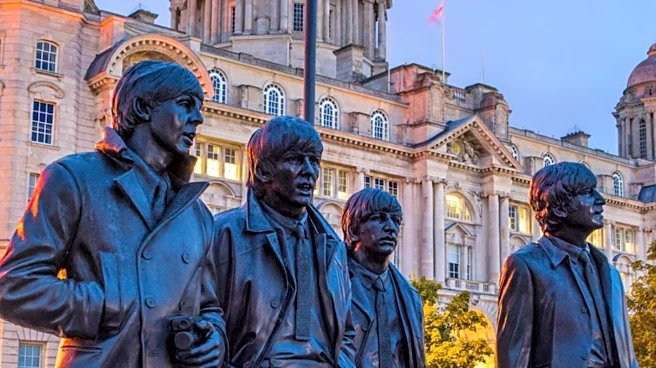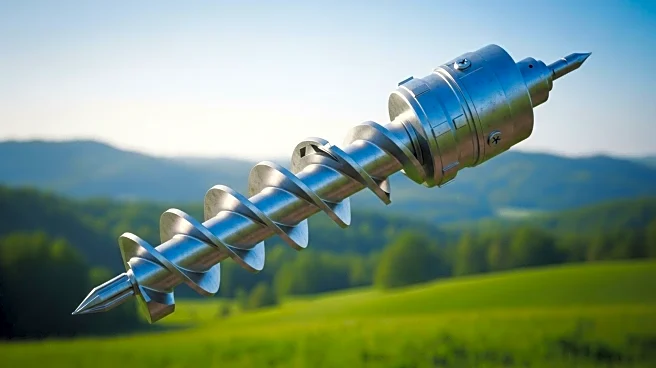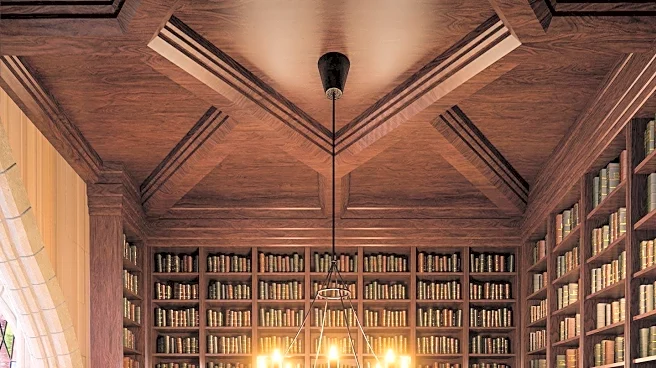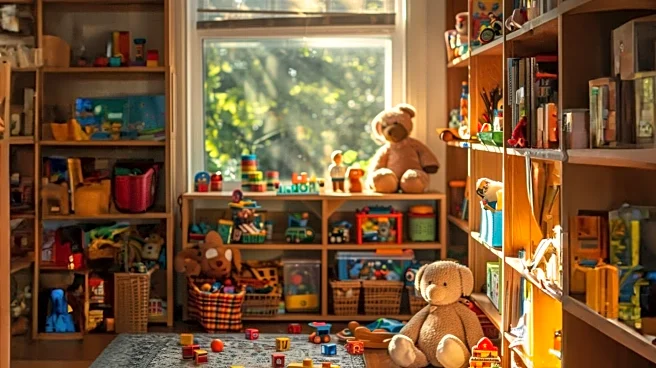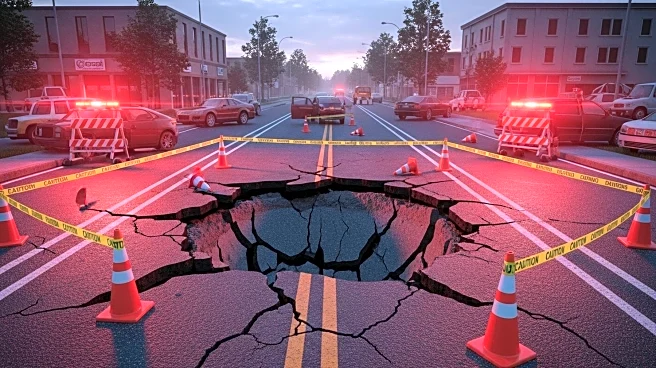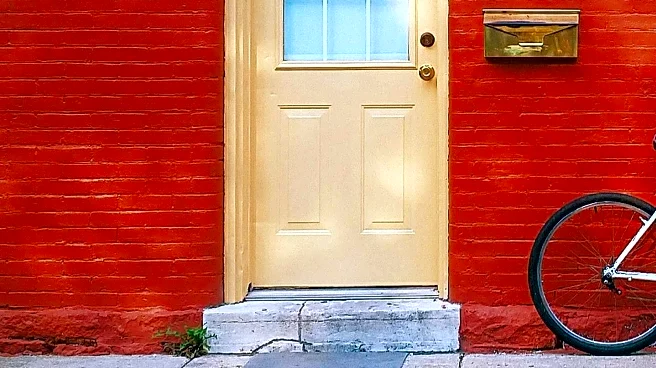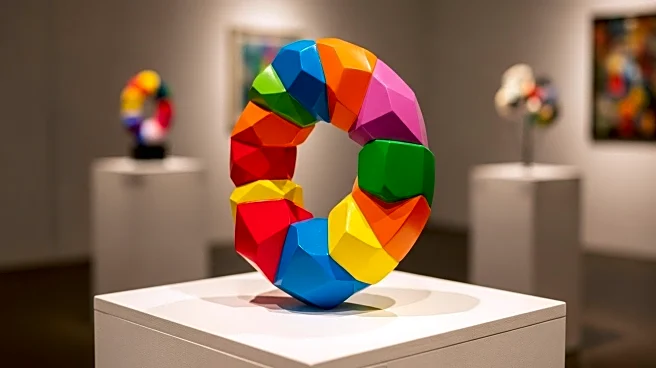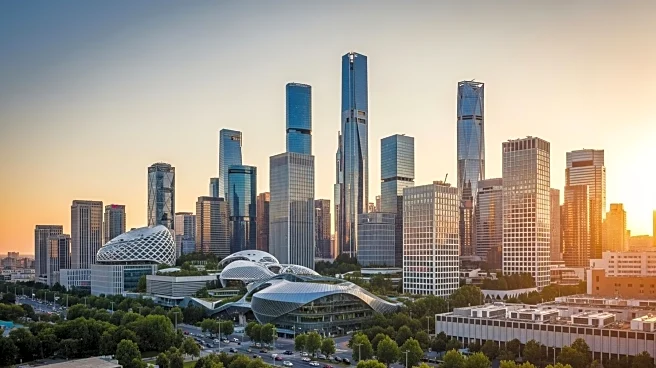What's Happening?
A new sculpture titled 'Big Hug' has been installed at a busy junction in Bradford, aiming to inspire local residents to connect with nature. The 10ft tall artwork, made from reclaimed oak, is part of an 'eco-park' featuring over 300 shrubs and pollinator-friendly plants. Sculptor John Merrill designed the piece to reflect community and environmental themes, drawing inspiration from family networks and trees. The project was funded by Arts Council England and Natural England, and commissioned by The Leap, a Bradford-based non-profit supporting community arts. The installation is part of Bradford's City of Culture celebrations, highlighting the area's diversity and cultural strength.
Why It's Important?
The 'Big Hug' sculpture serves as a symbol of community engagement and environmental awareness, encouraging residents to explore local green spaces. By integrating art with nature, the project promotes sustainability and cultural appreciation, aligning with Bradford's City of Culture initiatives. The installation reflects a growing trend of using public art to foster community connections and environmental consciousness. It highlights the role of art in urban planning and cultural development, potentially influencing similar projects in other cities seeking to enhance community spaces and promote ecological values.
What's Next?
The success of the 'Big Hug' sculpture may lead to further collaborations between artists, local governments, and environmental organizations to create more eco-friendly public art installations. As Bradford continues its City of Culture celebrations, additional projects may be launched to further integrate art and nature, enhancing the city's cultural landscape. The initiative could inspire other cities to adopt similar approaches, using art to promote community engagement and environmental stewardship.
Beyond the Headlines
The installation of 'Big Hug' raises questions about the role of public art in urban environments and its potential to influence social and environmental change. By encouraging residents to engage with nature, the sculpture challenges conventional views of urban spaces, promoting a more sustainable and community-focused approach to city planning. This project may spark discussions about the importance of integrating art and nature in urban development, highlighting the potential for public art to drive cultural and ecological transformation.

